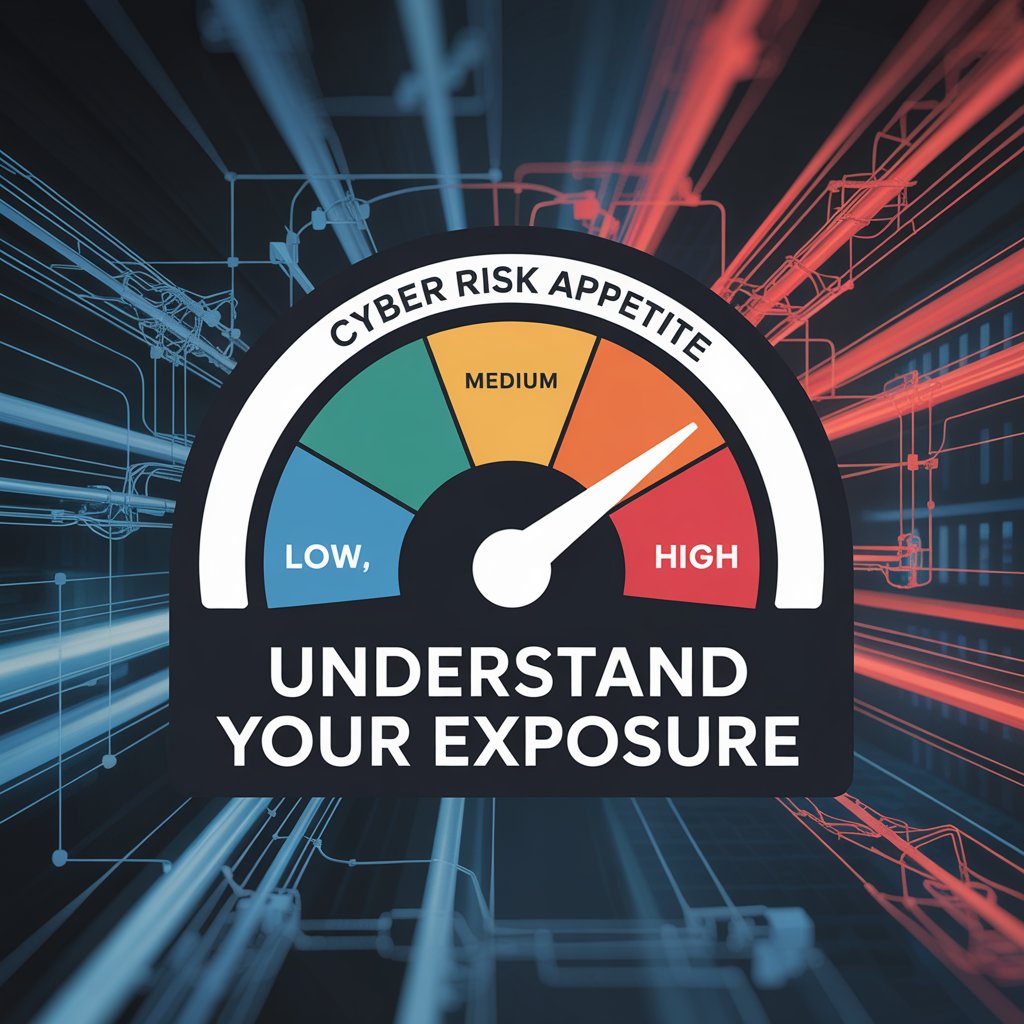The cybersecurity landscape has evolved dramatically, yet many organisations find themselves caught between inadequate basic protection and overwhelmingly complex enterprise-grade solutions. As leaders in the 2025 Gartner Magic Quadrant for CPS Protection Platforms continue to serve large enterprises effectively, a significant gap remains for mid-market organisations seeking robust OT security without the barriers of enterprise complexity.
The Challenge with Enterprise-Grade Solutions
Enterprise cybersecurity platforms are engineered for large-scale, complex environments with extensive resources. These sophisticated solutions offer comprehensive capabilities through multi-component architectures, advanced threat intelligence, and AI-powered analytics. However, their very sophistication creates barriers that many organisations cannot overcome.
The complexity extends beyond technical architecture to encompass procurement challenges, with separate subscriptions required for threat intelligence services, asset intelligence, and advanced analytics as premium add-ons. Implementation timelines stretch across months rather than weeks, requiring specialised expertise and significant operational overhead that many organisations simply cannot justify or sustain.
Perhaps most critically, these enterprise solutions often create vendor lock-in situations that make it significantly more difficult to integrate with other infrastructure providers or implement cybersecurity solutions from preferred vendors. The complexity of these environments, combined with restrictive licensing practices, can result in management challenges and potential security gaps that actually undermine the comprehensive protection they’re designed to provide.
The Underserved Middle Market
Research reveals a concerning reality: whilst enterprise solutions dominate analyst reports, substantial demand exists among sectors that remain largely under the radar for most enterprise vendors. The manufacturing sector has become a prime target, with attacks increasing 105% in the first half of 2024, now accounting for 41% of all cyber incidents compared to just 20% in 2023. This dramatic surge highlights the urgent need for accessible OT security solutions.
This middle segment, spanning manufacturing, agriculture, water utilities, and organisations with operational dashboards lacking cybersecurity integration, represents where the next wave of OT attacks and regulations will hit hardest.
These organisations face increasing regulatory pressure, with NIS2 requirements now extending to mid-sized companies across critical sectors including manufacturing, water management, and food production. The convergence of growing threats, regulatory requirements and limited access cost-effective, sector-appropriate cybersecurity solutions create substantial challenges for organisations seeking effective protection.
Mid-market businesses often find themselves in a particularly vulnerable position. Studies show that 57% of mid-market firms have experienced security incidents, with an average financial loss around €300,000 per incident. Yet 34% lack security protocols for responding to incidents, and 36% acknowledge uncertainty in their ability to recover from attacks.
A Different Approach: OT-First Security Made Accessible
Rather than attempting to replicate enterprise complexity, some organisations are taking a fundamentally different approach. By focusing primarily on OT security whilst naturally including IT visibility, these solutions address the growing convergence of IT and OT systems without overwhelming organisations with unnecessary complexity.
Modern cyber attacks target both IT systems and operational equipment without distinction. Rather than managing multiple security tools, organisations can now protect everything through one simple platform..
What Makes the Difference
When evaluating alternatives to enterprise-grade complexity, several key differentiators emerge that address the specific needs of mid-market organisations:
Same-Day Deployment: Implementation measured in days rather than months, with intuitive operation that reduces the burden on internal teams and accelerates time-to-value. This operational simplicity proves invaluable for organisations that cannot afford lengthy and costly deployment cycles.
OT-First with IT Inclusion: Purpose-built focus on protecting industrial environments and the unique threats they face, whilst naturally providing visibility into IT assets. This approach ensures core OT security expertise without neglecting the IT components that support modern operations.
Financial Risk Quantification: The ability to assign financial value to every asset and translate vulnerabilities into business risks enables organisations to understand their exposure in cyber incidents. This transforms cybersecurity from a technical challenge into a business decision that executive management can understand and support, allowing companies to set customisable risk appetites and prioritise security investments based on potential financial impact rather than technical complexity alone.
100% European Sovereignty: Complete European data residency and services ensure all data remains within European territory, complying with EU regulations whilst completely avoiding dependency on American big tech providers. This positioning addresses growing sovereignty concerns and regulatory requirements.
Mid-Market Focus: Solutions specifically designed for organisations that require robust protection but cannot justify enterprise-level complexity, cost, or resource requirements. This focus ensures that features, pricing, and support align with actual organisational capabilities rather than enterprise assumptions.
Seamless Integration Excellence
Modern organisations manage their infrastructure through various platforms, from datacenter management systems to building automation platforms. The most effective solutions integrate seamlessly with these existing systems, overlaying dedicated cybersecurity layers without disrupting operations.
This integration approach ensures that security becomes integral to daily management rather than an isolated function. Whether managing datacenter infrastructure through DCIM systems or building automation platforms, enhanced security leverages existing operational investments whilst reducing total cost of ownership through consolidated management.
Meeting Compliance Requirements
As regulatory frameworks evolve, organisations face increasing pressure to demonstrate effective cybersecurity measures. NIS2 and other emerging regulations set stricter requirements for risk management, continuous monitoring, rapid incident response and transparent reporting. With NIS2 now mandatory for medium-sized enterprises (50+ employees, €10 million turnover) across manufacturing, water management and food production, compliance pressure has intensified significantly. The directive requires 24-hour incident reporting, comprehensive risk analysis, and business continuity planning – capabilities that are most effectively delivered through platforms designed for operational simplicity rather than enterprise complexity.
Effective OT security platforms provide the necessary tools to meet these demands, with special focus on OT environments and their integration with IT systems. Features such as asset inventory, vulnerability management, incident handling, and business continuity support help organisations demonstrate compliance whilst ensuring transparency and accountability to regulators and stakeholders.
The platform enables organisations to proactively monitor their networks, detect and respond to incidents, and document actions for regulatory reporting. This approach aligns with the core principles of NIS2: proactivity, transparency, and clear accountability.
A Practical Example
Consider a precision machining facility specialising in automotive components. Such an organisation requires comprehensive insight into all assets and attack surfaces, enabling vulnerability protection and compliance with evolving regulations including NIS2. Beyond technical protection, leadership needs to understand the financial continuity risks associated with inadequate cyber resilience.
By providing clear, actionable information that quantifies risks in business terms, organisations can transform cybersecurity from an operational expense into a strategic business priority. This approach empowers executive management to make informed decisions about security investments whilst maintaining operational efficiency.
Looking Forward
The cybersecurity landscape presents a compelling paradox: whilst enterprise-grade solutions dominate analyst reports, substantial demand exists among the underserved middle market spanning manufacturing, agriculture, water utilities and organisations with operational dashboards lacking cybersecurity integration. With manufacturing attacks increasing 105% in the first half of 2024, accounting for 41% of all cyber incidents compared to just 20% in 2023, the urgent need for accessible alternatives becomes clear.
Magic Quadrant leaders serve large enterprise markets effectively, but their complexity and vendor dependencies often create management challenges whilst making integration with preferred infrastructure providers significantly more difficult. Meanwhile, NIS2 and evolving regulatory frameworks extend cybersecurity requirements to mid-sized companies across manufacturing, water management and food production sectors that previously operated outside compliance mandates.
Nautilus OT’s strategic positioning as purpose-built alternative addresses this market need directly. Through OT-focused expertise, financial risk quantification that translates vulnerabilities into business risks, seamless integration capabilities and complete European sovereignty, Nautilus OT enables organisations to achieve meaningful cyber resilience without enterprise complexity or dependency.
Success requires recognition that cybersecurity effectiveness isn’t measured solely by technical sophistication, but by organisations’ ability to successfully implement and maintain appropriate protection. Nautilus OT’s focus on operational simplicity and built-in compliance foundation positions it perfectly to serve the substantial market requiring effective cybersecurity without enterprise barriers.
The future belongs to solutions that recognise OT security priorities whilst providing operational simplicity and economic accessibility. Nautilus OT’s strategic alternative approach creates sustainable competitive advantage whilst empowering more organisations to build cyber resilience and protect what matters most.



